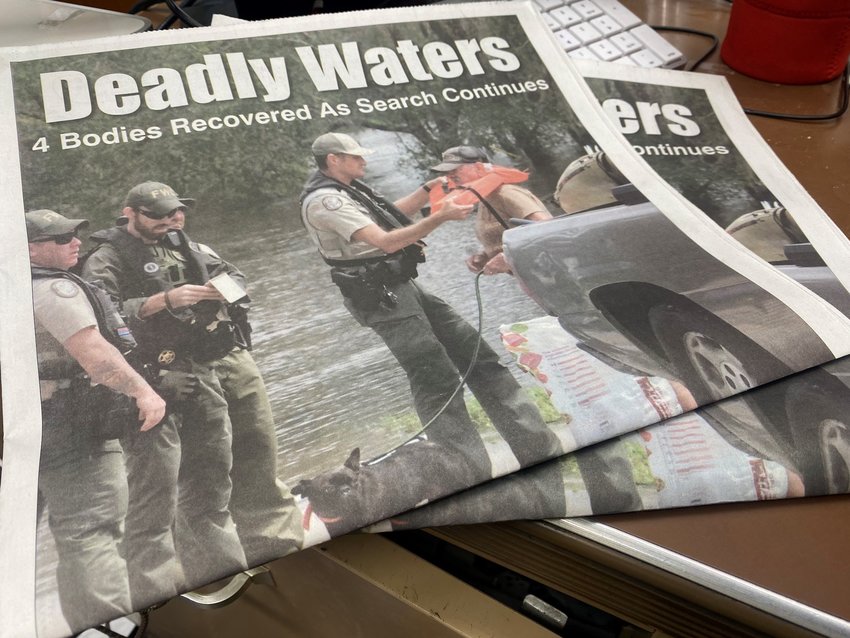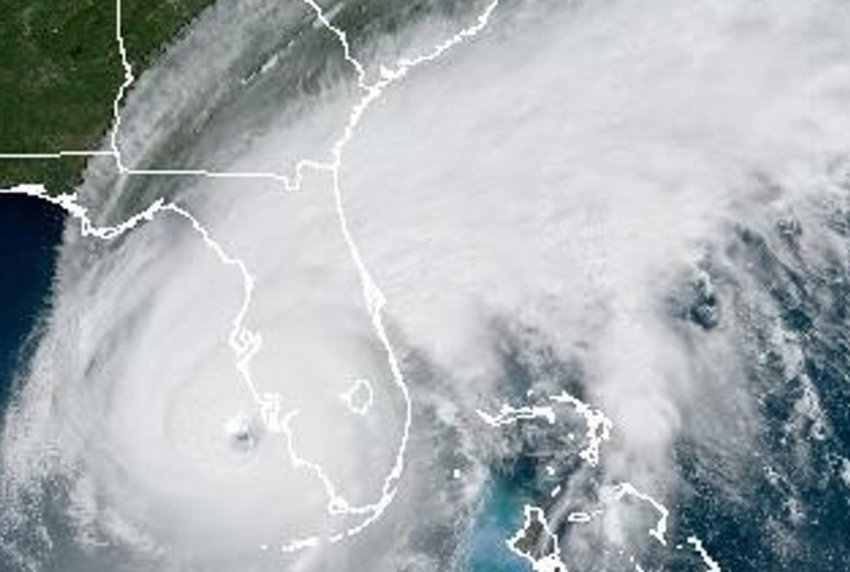More Exclusives from the E&P Newsroom
Over the past year, Ashanti Blaize-Hopkins, president of the Society of Professional Journalists; LaSharah Bunting, CEO and executive director of the Online News Association; and Karen Rundlet, CEO and executive director of the Institute for Nonprofit News (INN), have stepped into the lead role at three of the most influential news associations, each as the first Black woman to hold the post. In interviews with E&P, they spoke about their new roles, how they got there and how they hope to advance their individual organizations and journalism writ large.
In the 1980s, many cash-flush news organizations employed a public editor specifically to build and foster trust between readers and journalists. These days, just two news organizations in the United States — NPR and PBS — still appear to employ a public editor. So, is it time for more news organizations to consider hiring ombudspersons to help rebuild trust in the media — one community at a time?
In this month's column, E&P columnist Guy Tasaka shares some thoughts on what the future local media website looks like and how local media publishers can thrive in the new environment. As you read his thoughts, consider that any local presence that has the legacy trust can take this playbook and run with it. It could be the two largest television stations in the market, the public media company, the big university or the local chamber of commerce. There are no swimlanes anymore, and local media 3.0 will be a winner-take-all race.
The 2024 class of 10 News Publishers That Do It Right is now E&P’s News Media’s 10 to Watch. They represent our industry with small-town publishers to large properties; monthly, weekly and daily publications; legacy print and digital publications; business, university and alternative publications — representing the breadth and depth of our industry. Each faced challenges and innovated to overcome them, and each has a story to tell — revenue, content, community service, engagement, business model or platform. We’re excited to highlight these 10 to Watch to give you energy and ideas.
Although media and journalism may seem to be endangered species, they are critical to revealing the truth, supporting democratic principles and creating more enlightened voters. In the many excellent collegiate media and journalism programs nationwide, the next generation is preparing to step forward to support those principles at Temple's Klein College of Media
Access more "Exclusives" from the E&P Newsroom
In a move signaling a “renewed commitment to the heart of its community,” Detroit Public TV announced its relocation back to the city of Detroit and a rebranding as Detroit PBS. This significant shift underscores the organization's dedication to serving Southeast Michigan with unparalleled quality, trust, and fairness in media.
The voices in the street are often as important as those in the suite. That's the upshot of California Voices, the opinion arm of CalMatters, a California non-profit organization raising its megaphone for different kinds of experts.
To bolster the tech services available to local news publishers, the Lenfest Institute for Journalism launched the Lenfest Local News Infrastructure Fund with a $7.25 million grant from the John S. and James L. Knight Foundation.
To better understand the current level of collaboration between universities and public radio stations, CCN surveyed public radio stations in the summer of 2023, receiving 95 responses from stations in 38 states. There are 182 public radio station licenses associated with universities.
Trust is a foundational element in news media, spanning decades and sometimes even centuries, especially concerning editorial concepts and community connectivity. However, regarding the revenue side of news media, trust is the linchpin for businesses deciding which advertising medium and sponsorship relationships to work closely with to help shape their narrative and value.
In today's evolving media landscape, the role of editorial pages in sparking meaningful discussions has come under scrutiny. However, as news outlets like The Dallas Morning News, The Charlotte Observer, and the Chicago Sun-Times demonstrate, investing in opinion pages yields significant returns, fostering robust conversations and offering diverse viewpoints on local and national issues.

